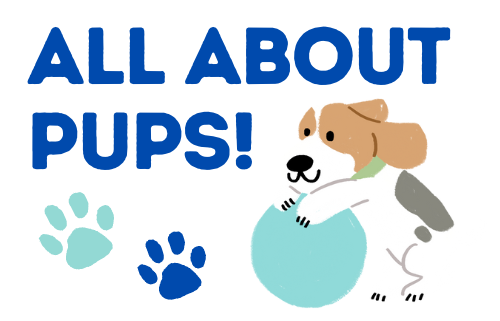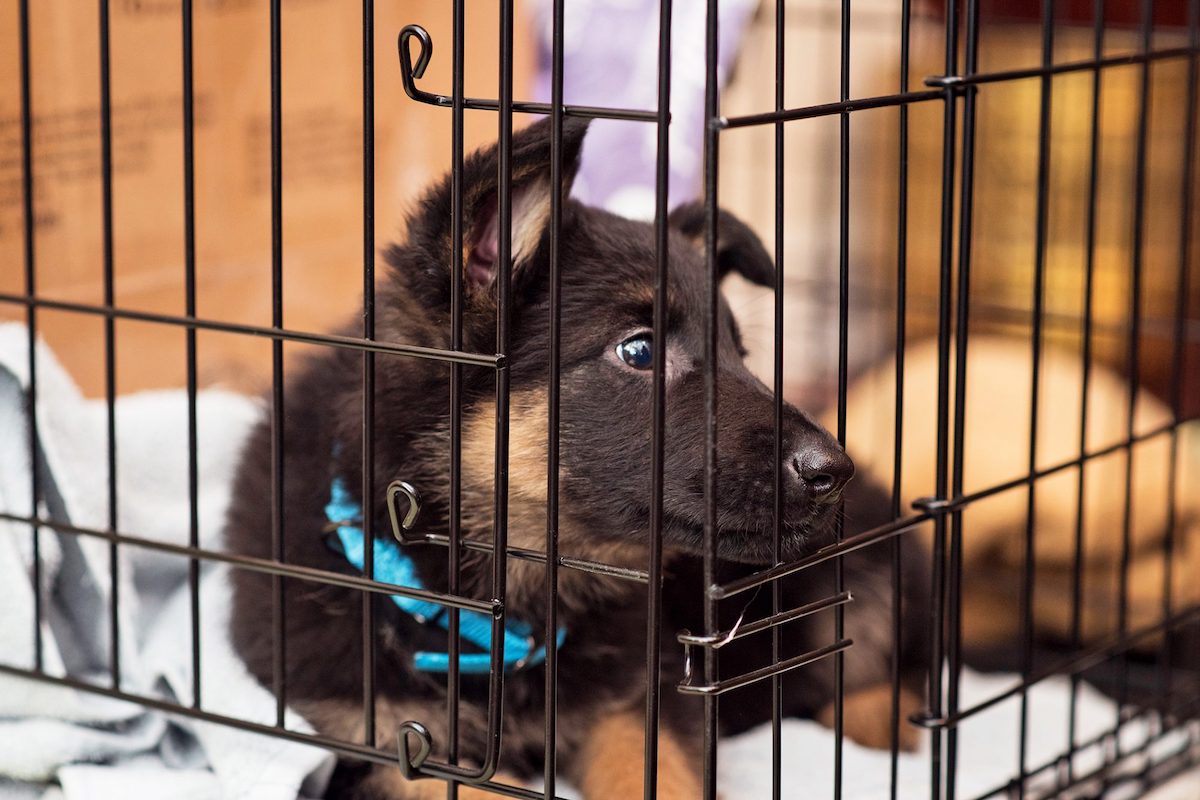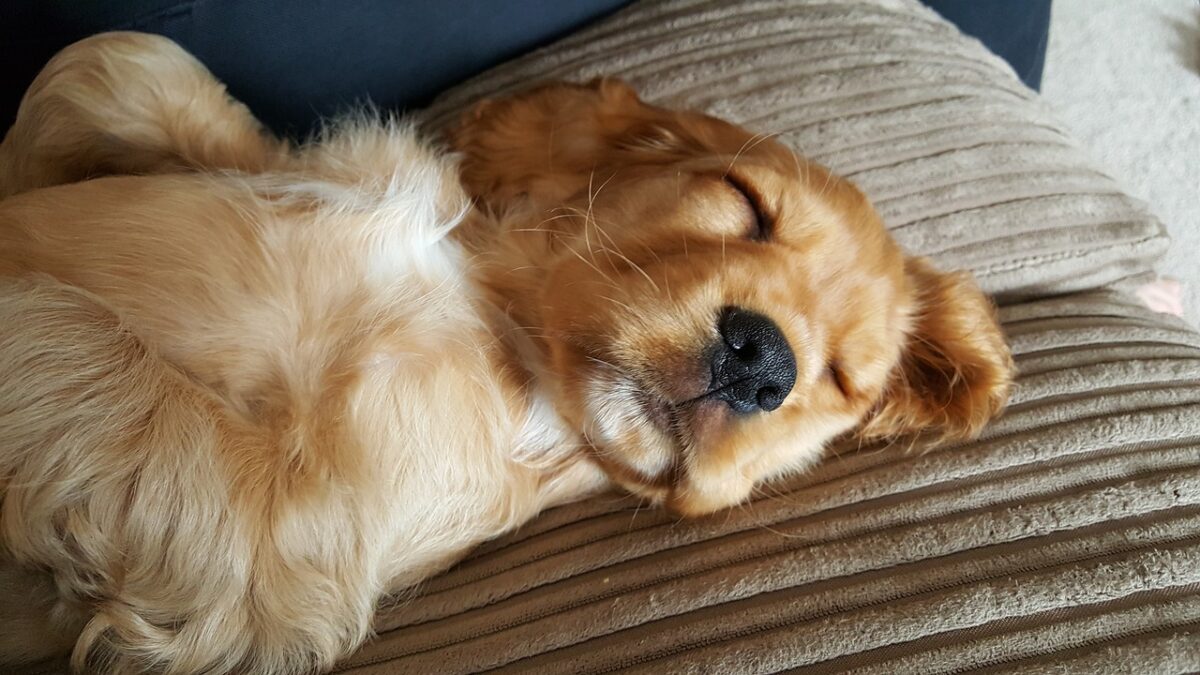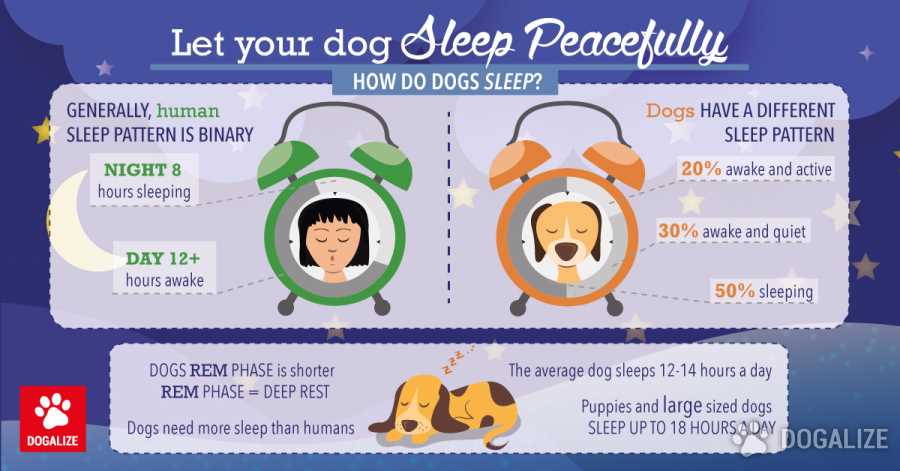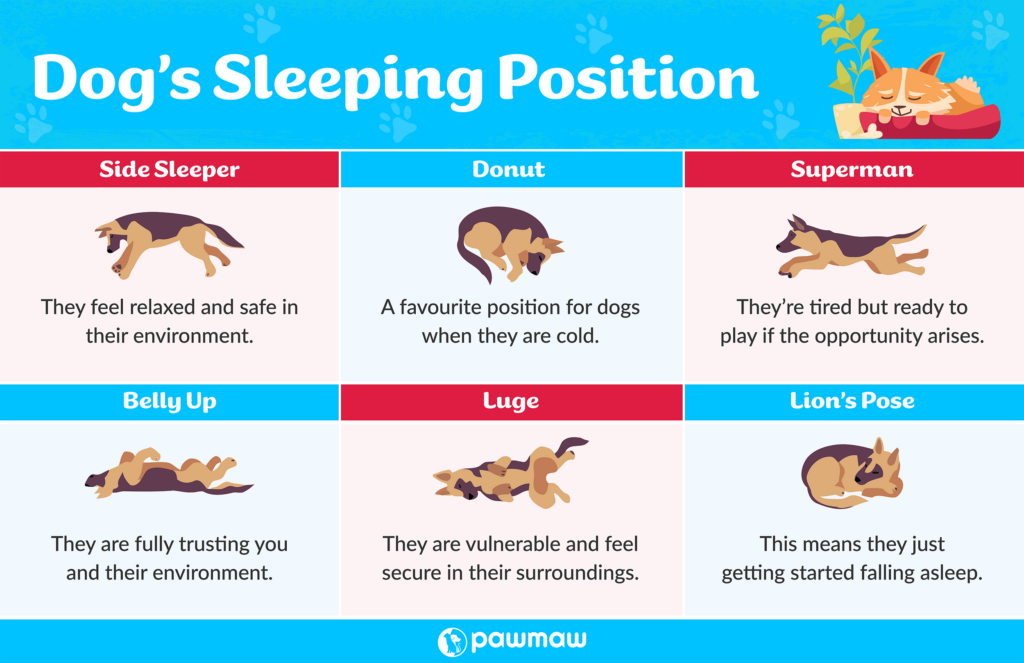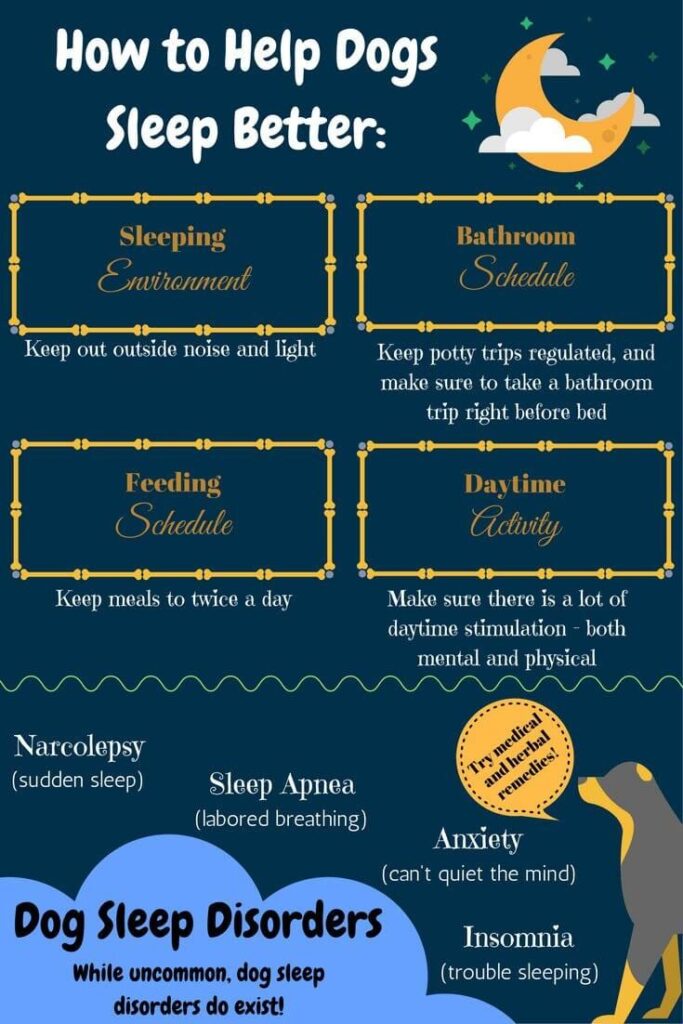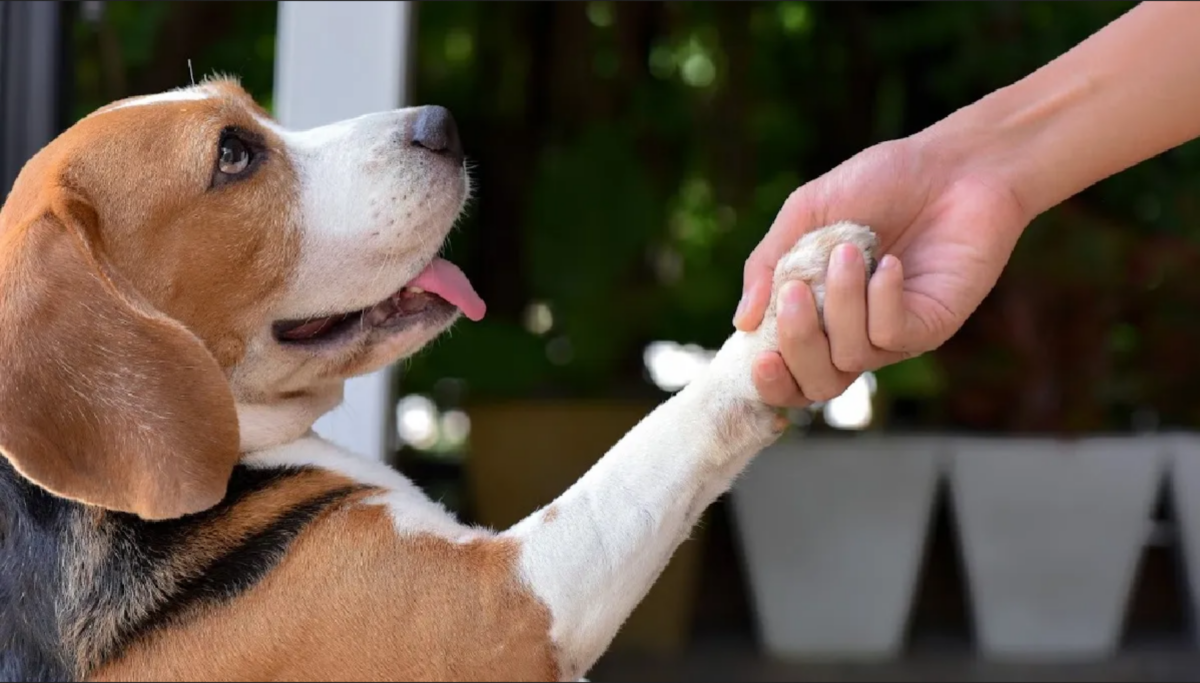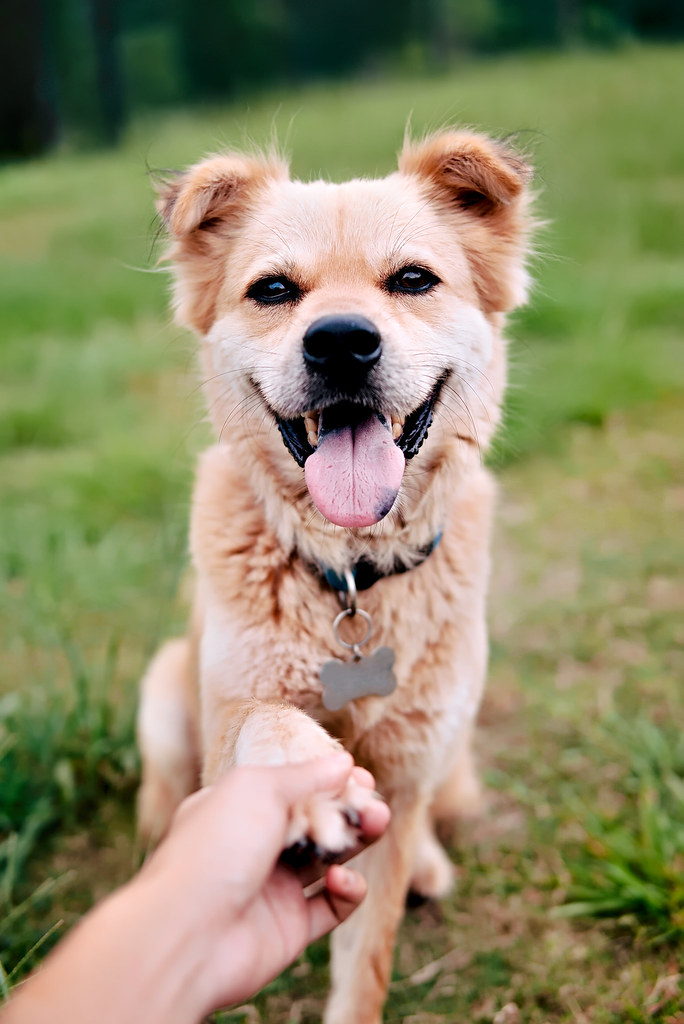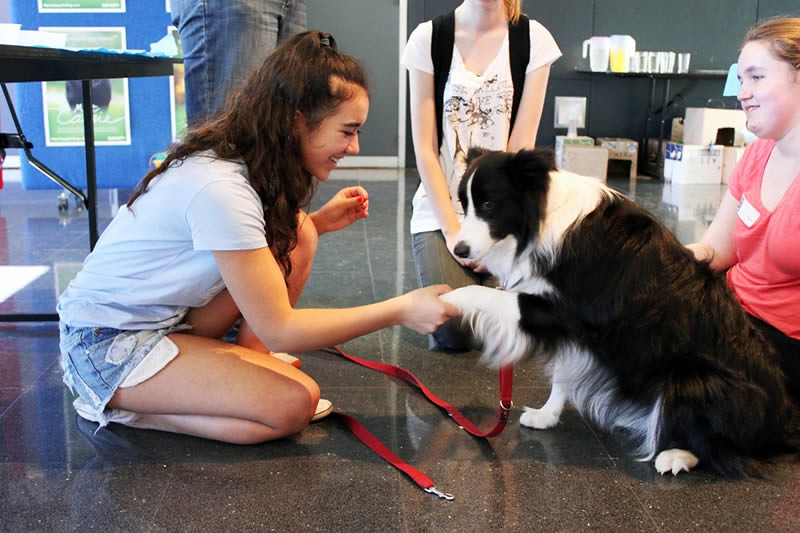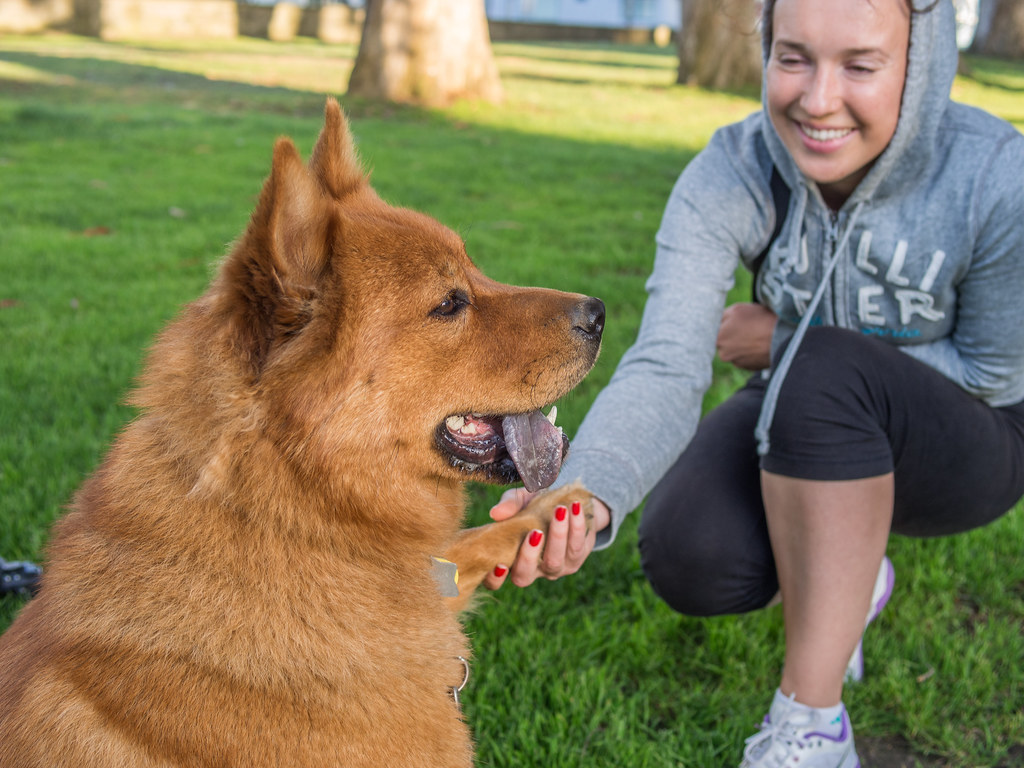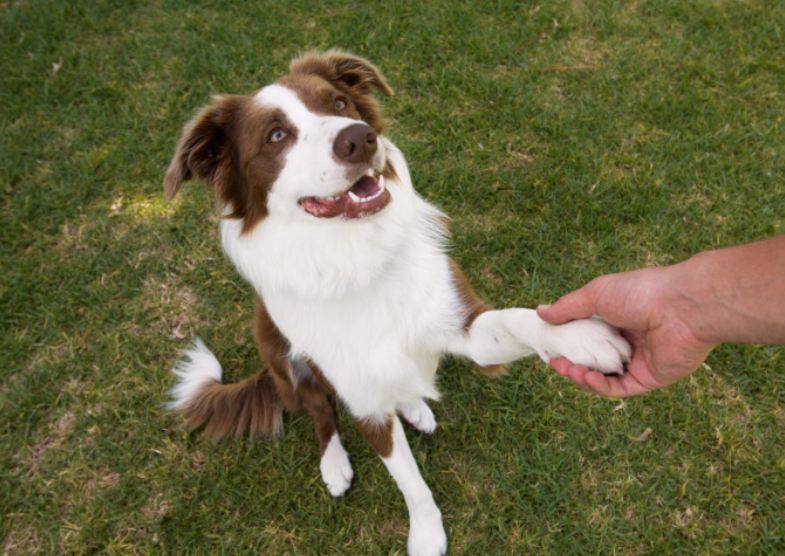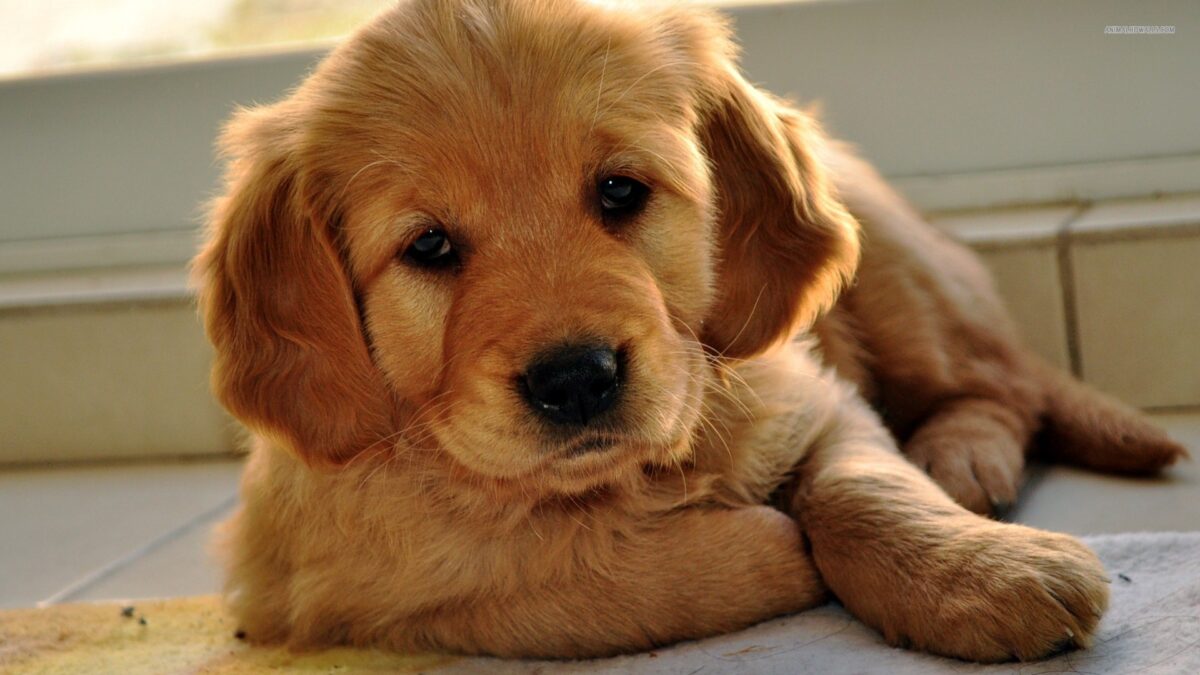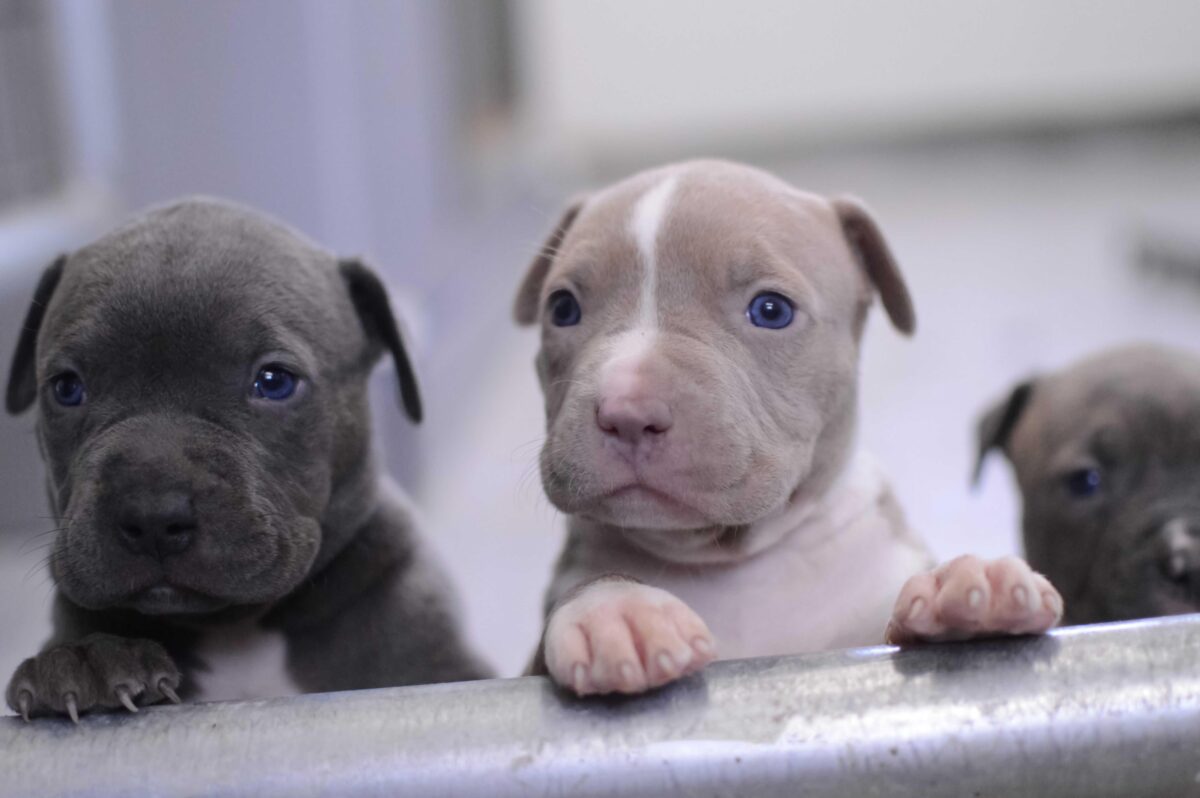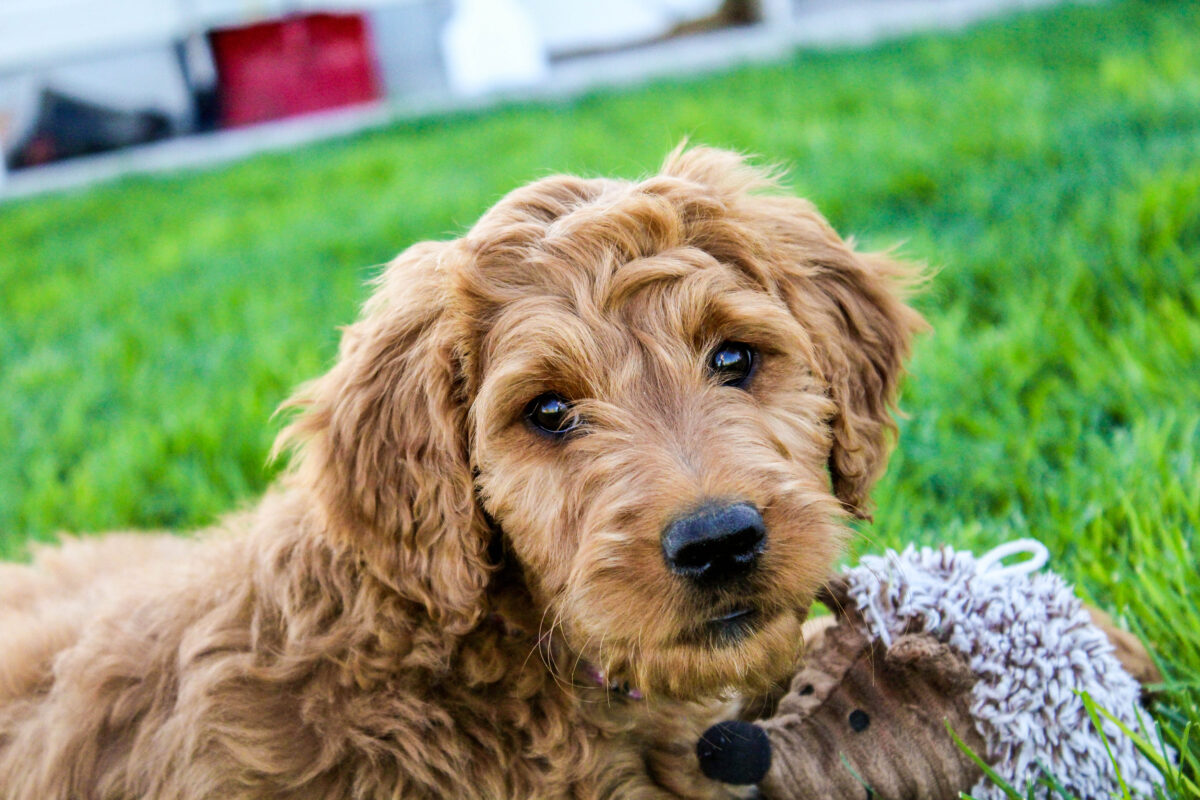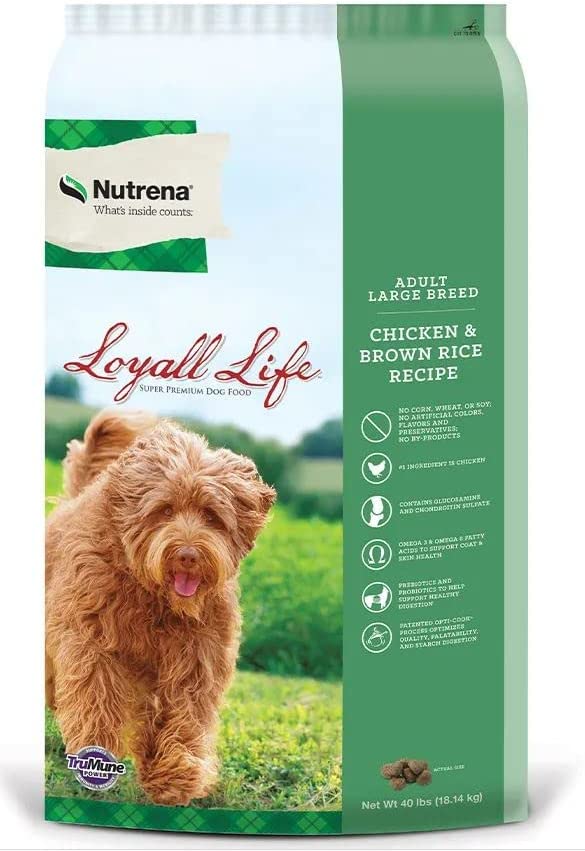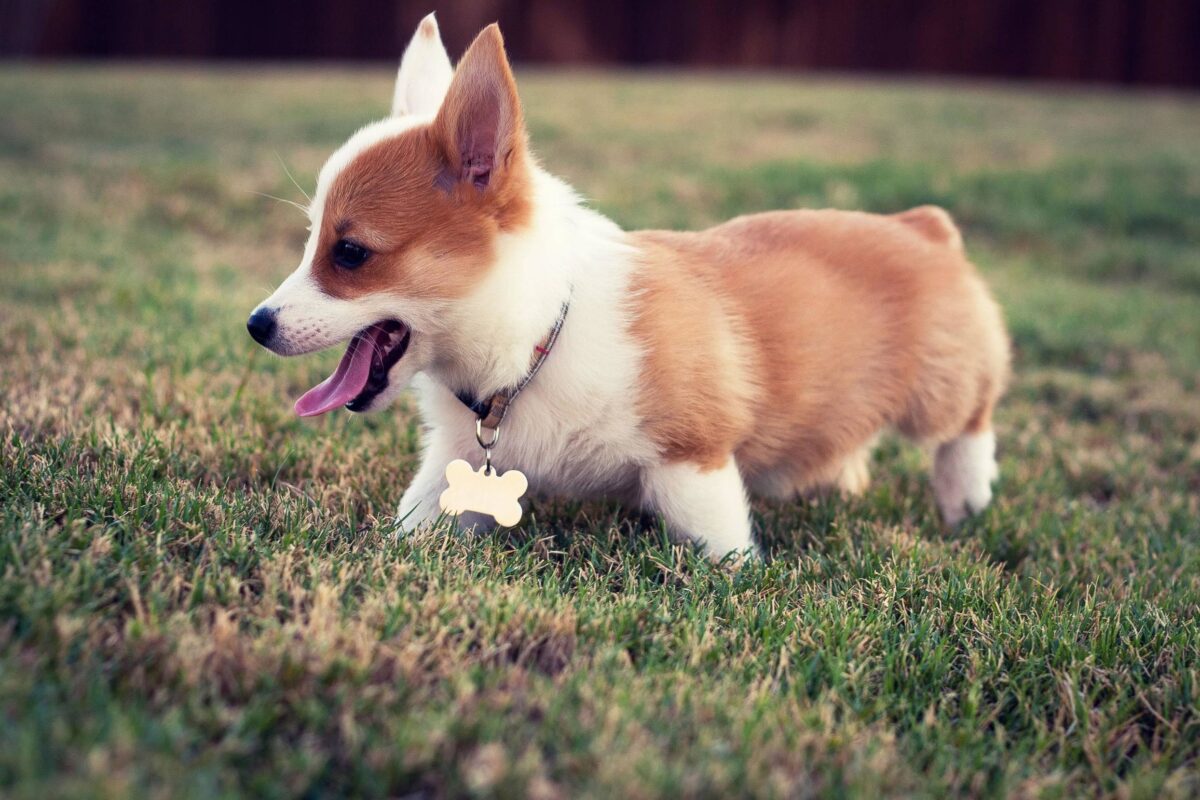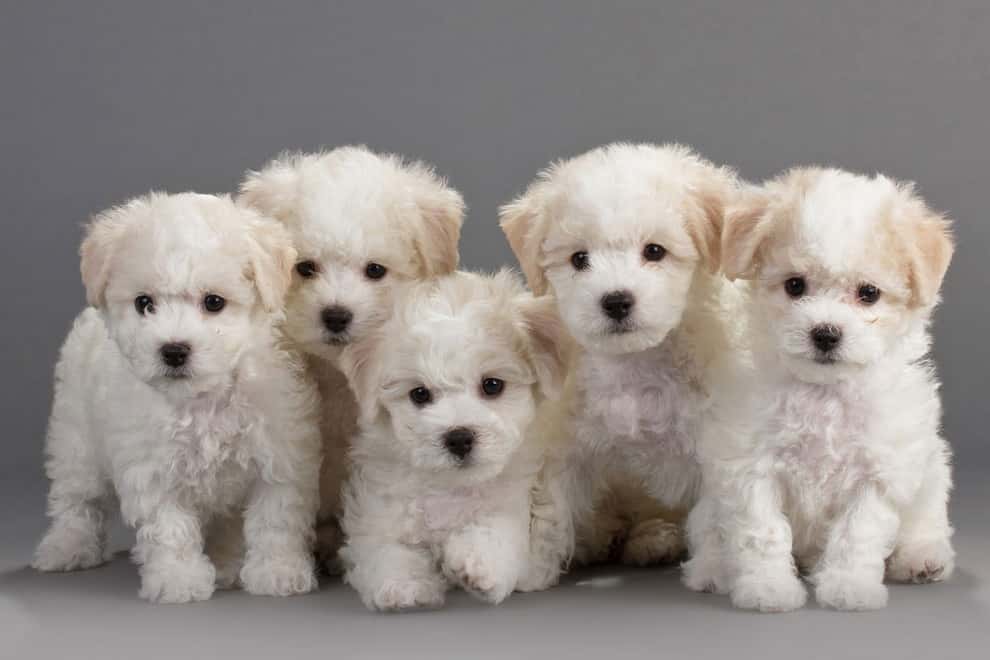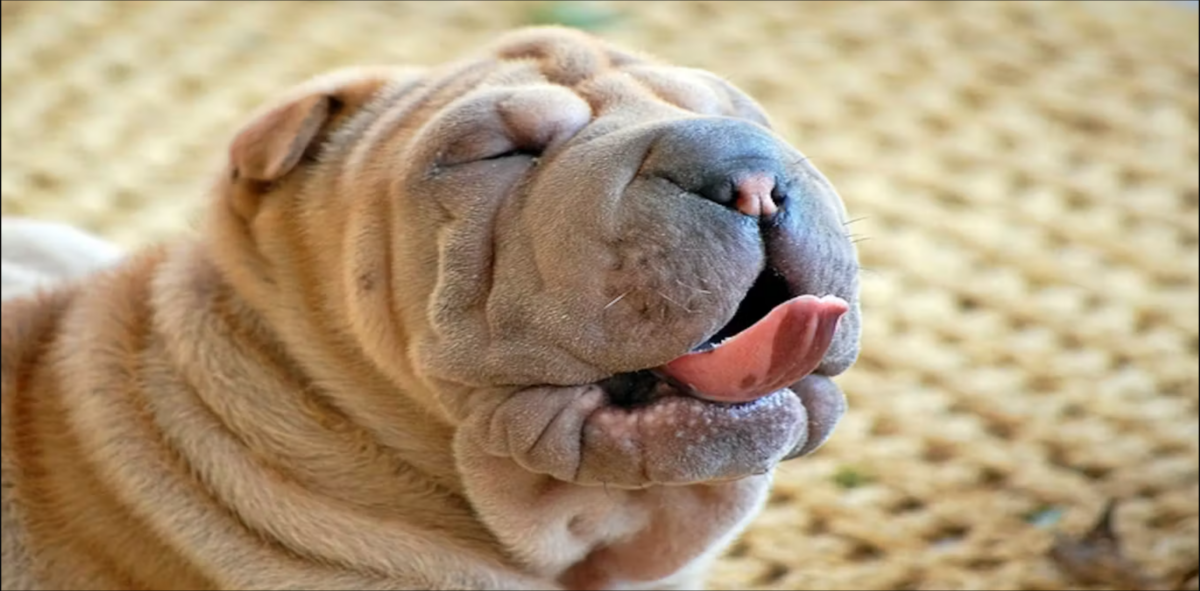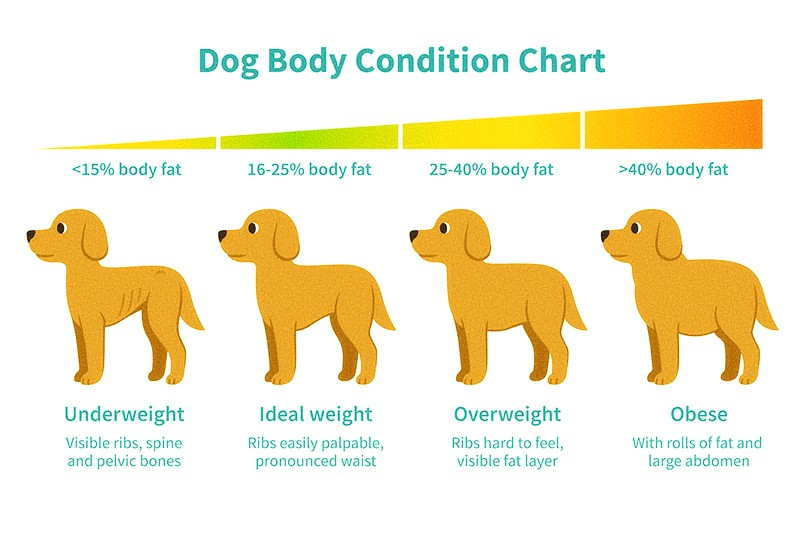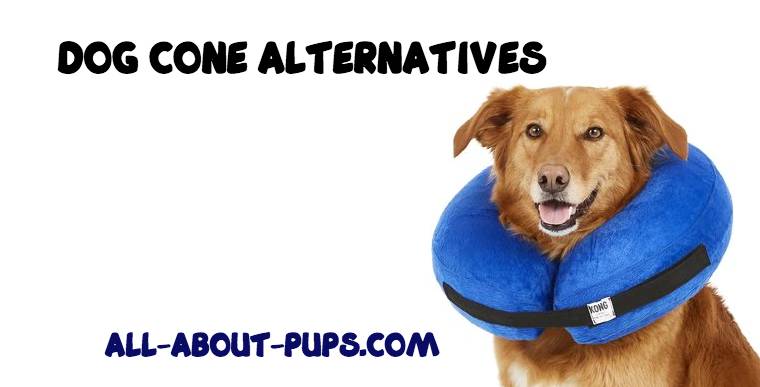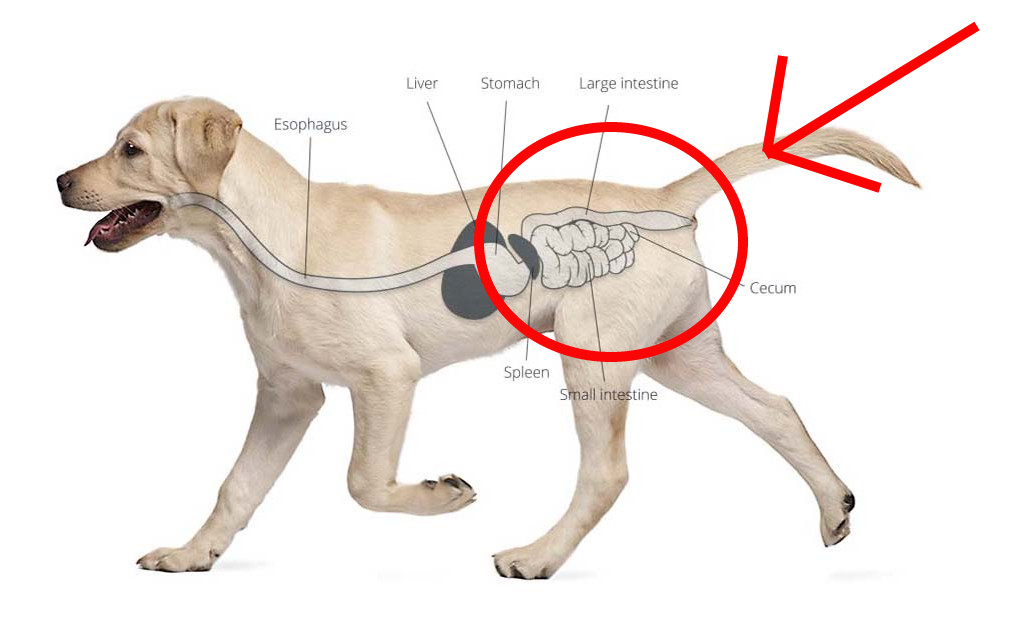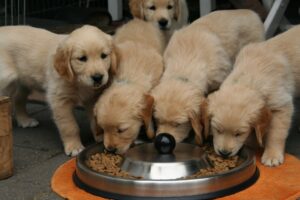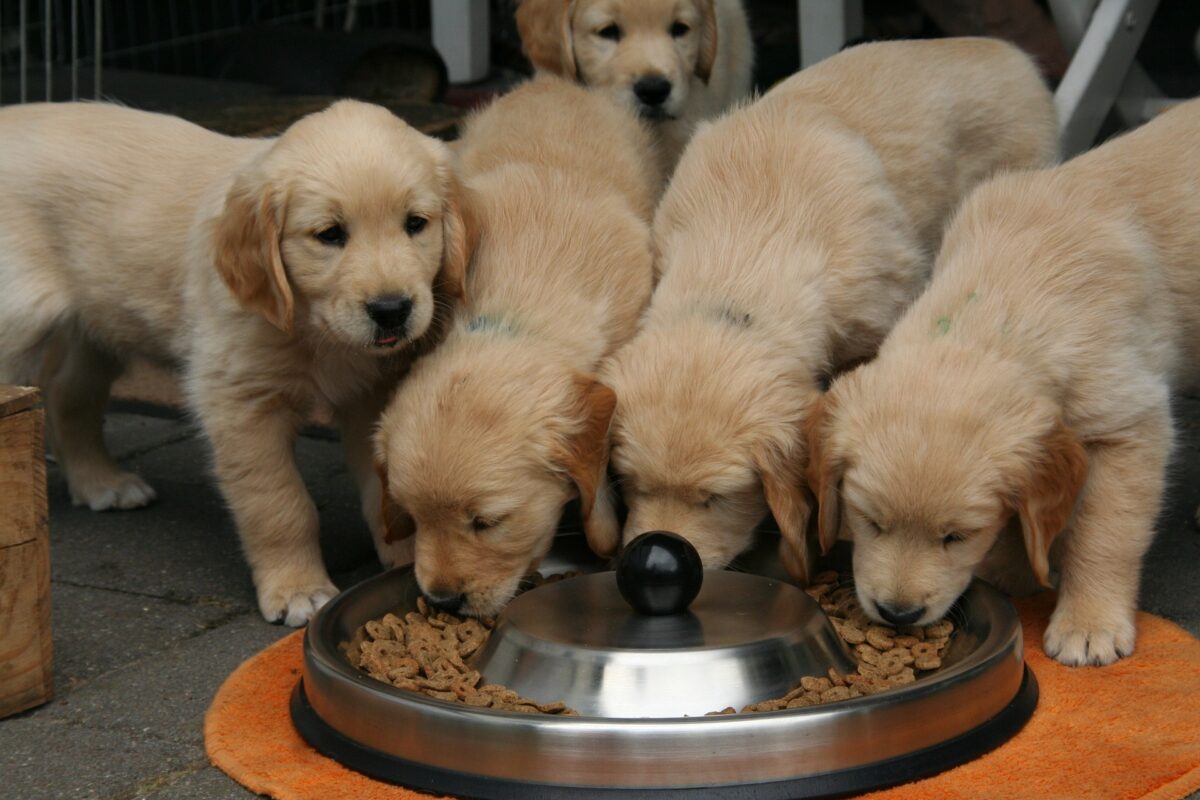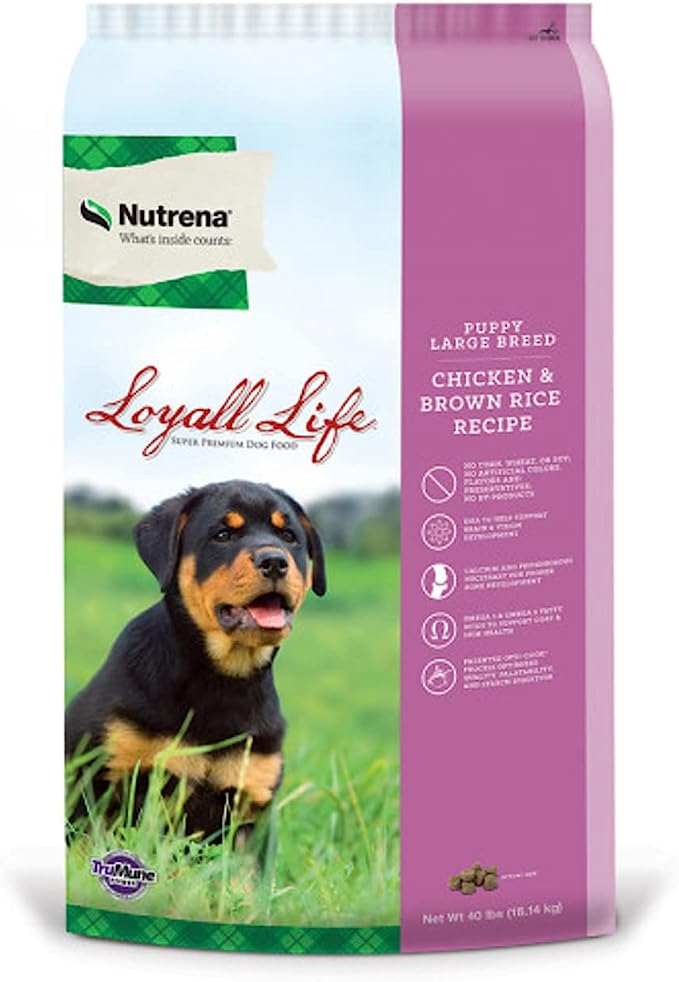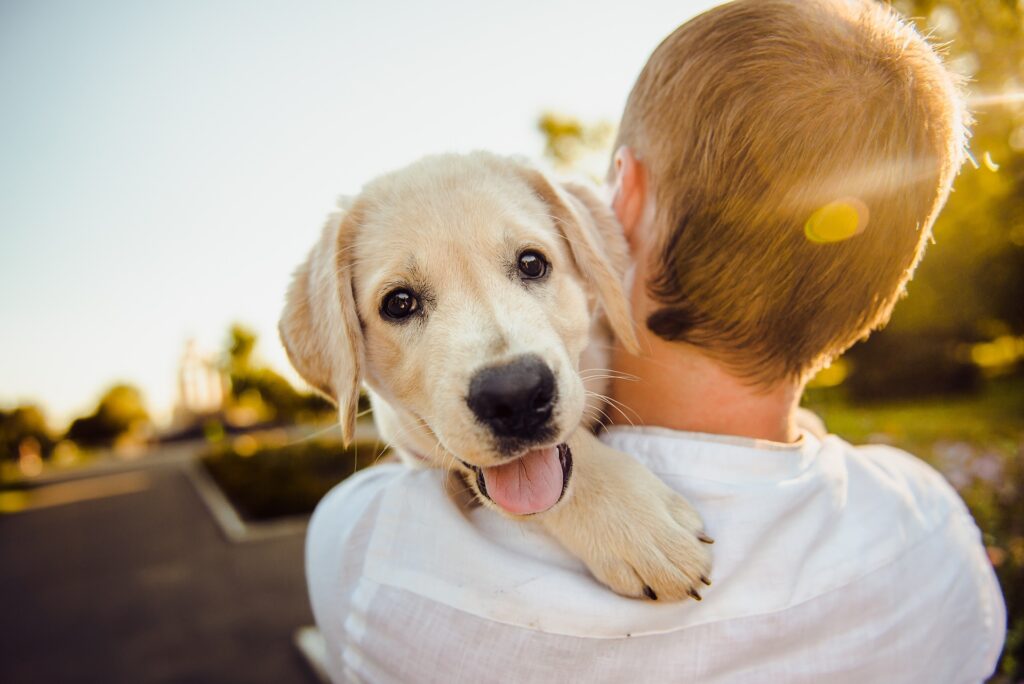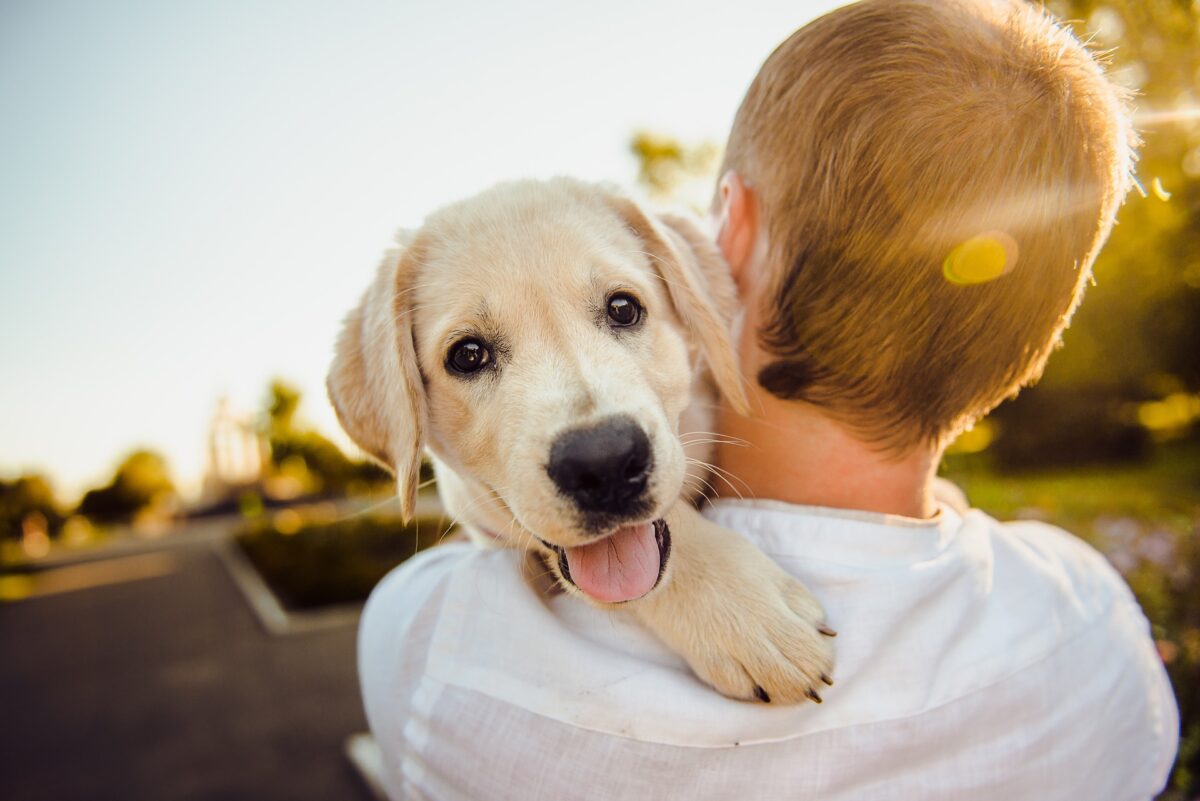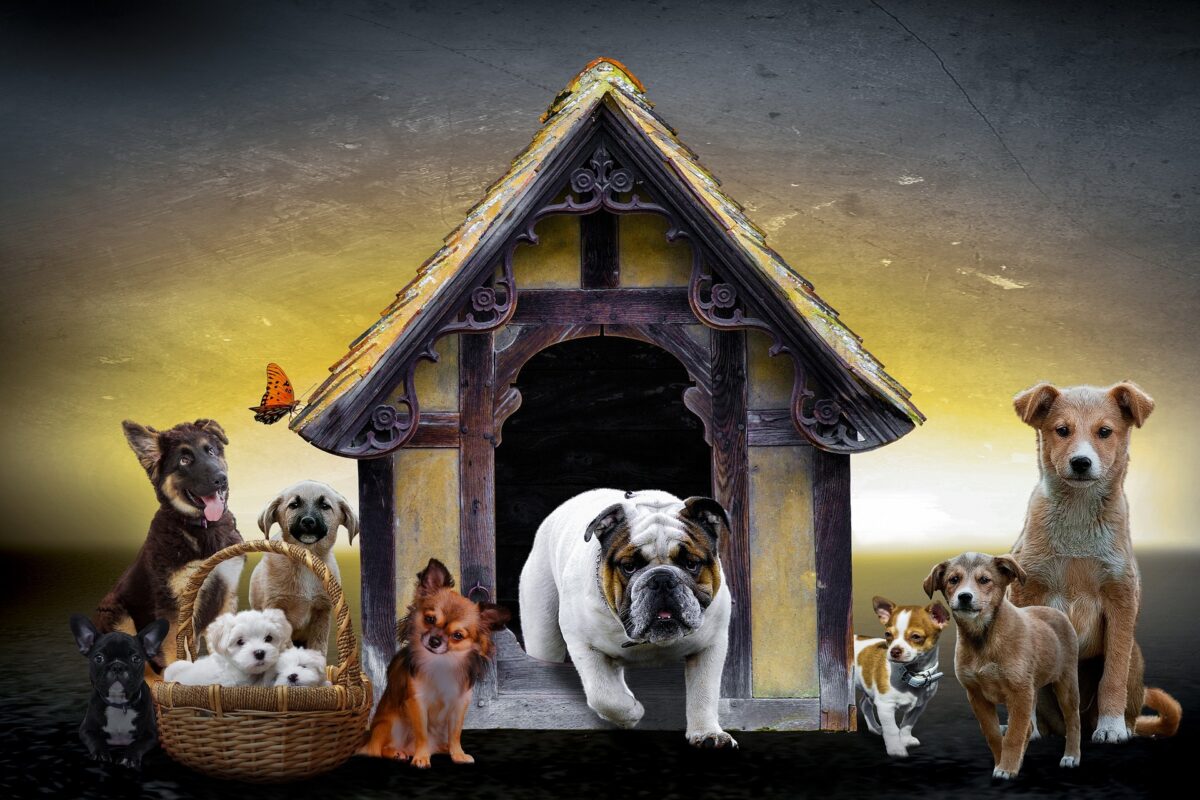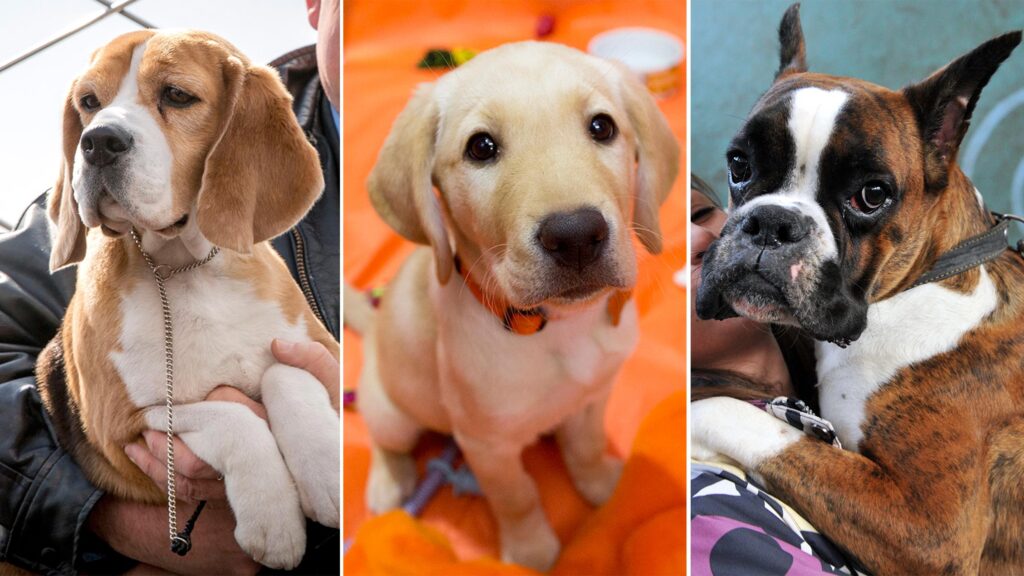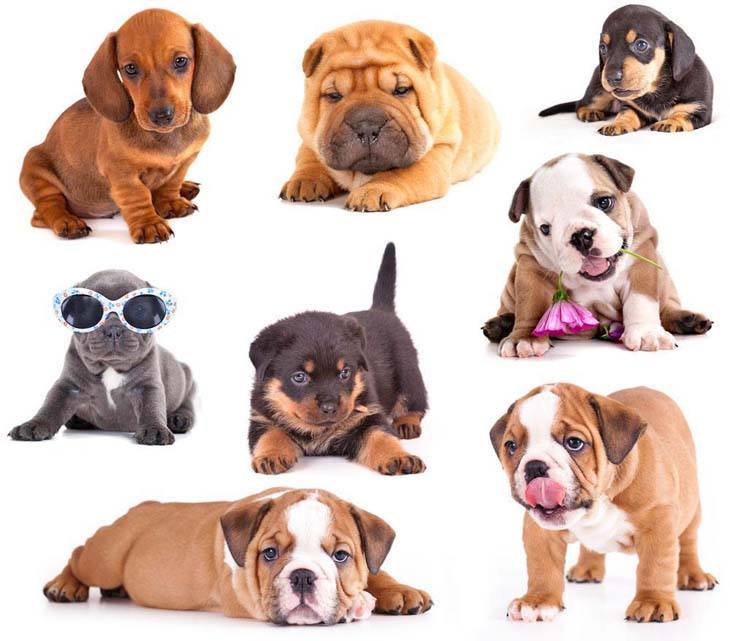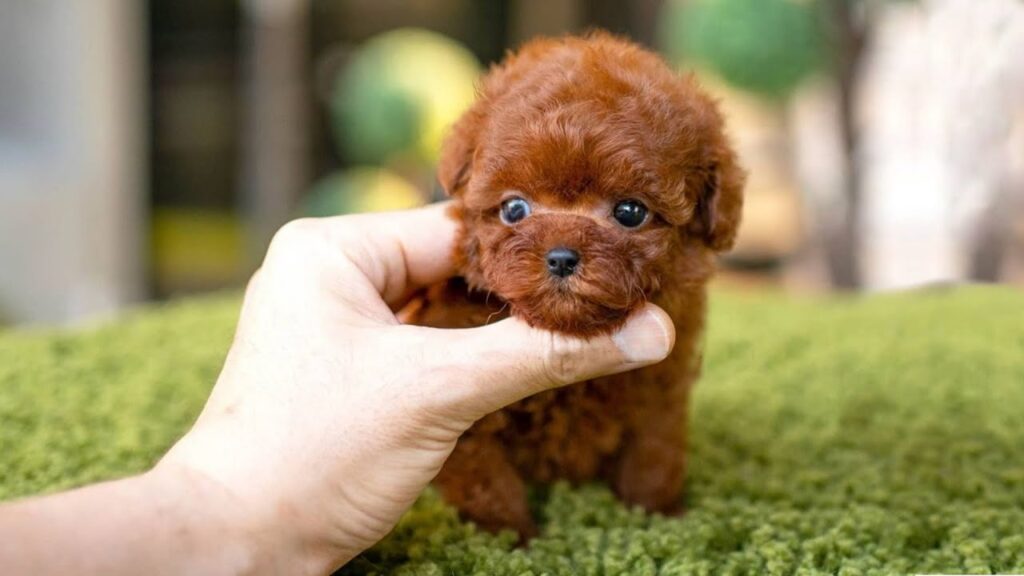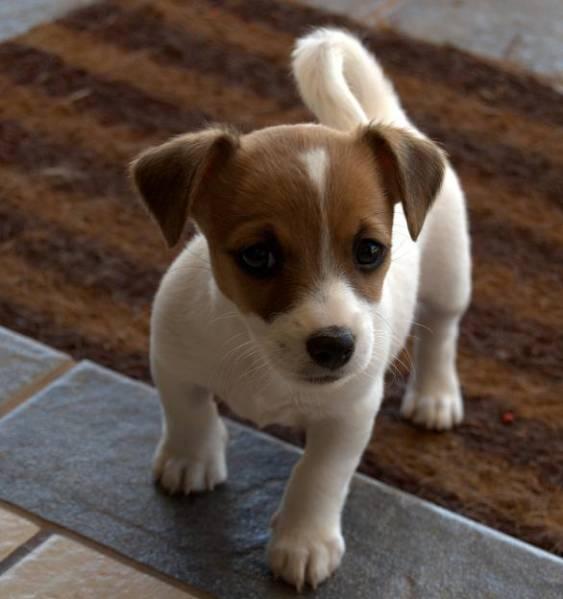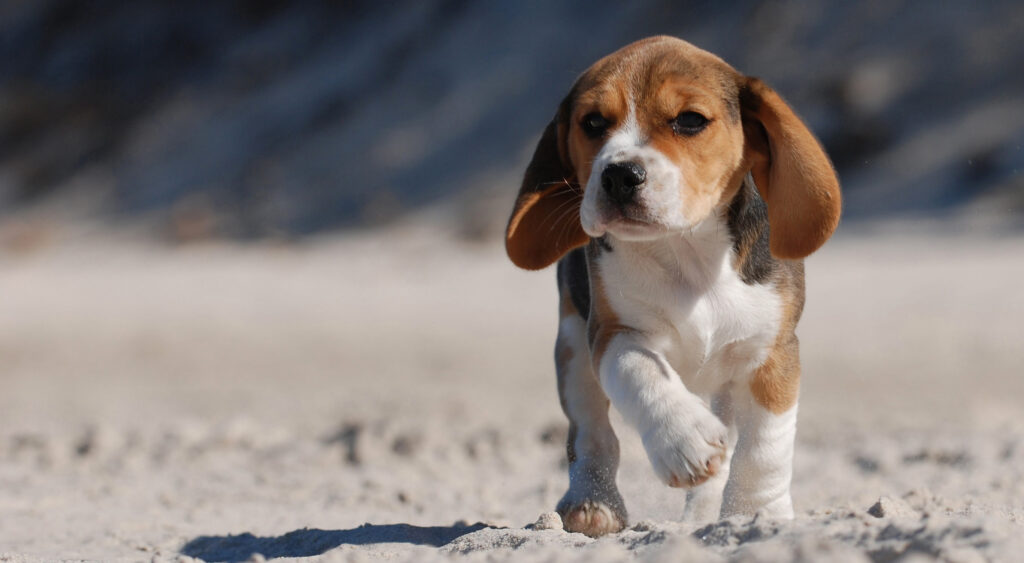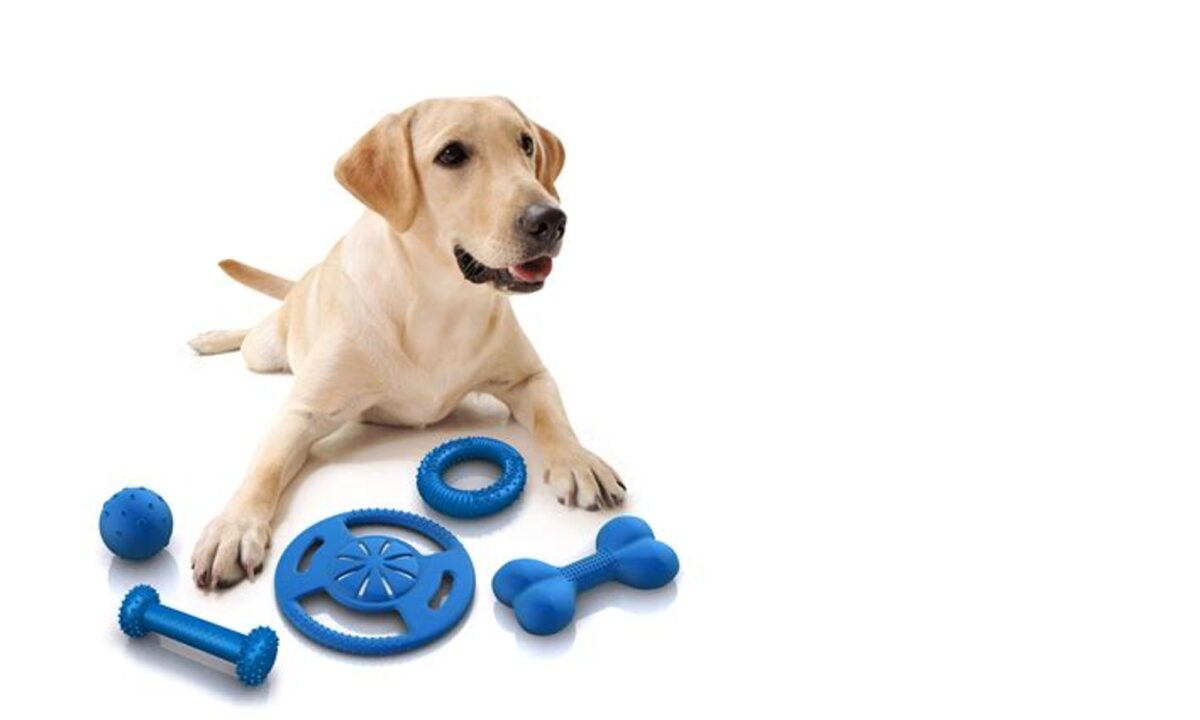How to Crate Train Puppy at Night: Tips & Tricks
Introduction
How to Crate Train Puppy at Night
Want to learn how to crate train puppy at night?
Are you struggling with getting your new furry friend to sleep through the night? Look no further than nighttime crate training! Not only does it provide a safe space for your puppy, but it can also help reduce the risk of accidents and give them a sense of security.
The process of crate training should be gradual and positive, starting with short periods of time during the day. It’s important to remain patient and consistent, especially during the first night when your puppy may feel anxious or scared. But with proper training, your puppy can learn to love their crate and see it as a cozy den.
So what exactly is nighttime crate training and how do you do it? In this article, we’ll explore everything you need to know about crate training your puppy at night. From when to start, how to do it effectively, and why it’s beneficial for both you and your furry friend. Get ready for some peaceful nights ahead!
Creating a Positive Association with the Crate
Using a crate or cardboard box as a safe space for your puppy can be an effective way to train them at night. However, it’s important to create a positive association with the crate to ensure your puppy feels comfortable and secure in their new home. In this article, we’ll discuss ways to help your puppy associate their crate with positive behavior.
Introduce a Cue
One way to create a positive association is by introducing a cue that signals it’s time for your puppy to enter the crate. This could be anything from saying “crate time” to ringing a bell. By consistently using the same cue every time you put your puppy in their crate, they will begin to associate it with bedtime and feel more comfortable entering on their own.
Reward Your Puppy
Another way to encourage positive behavior is by rewarding your puppy when they enter the crate willingly. This could be giving them praise, toys, or treats when they go inside without being prompted. Over time, your puppy will learn that going into their crate is a good thing and something they should do on their own.
Consider Using Products
If your puppy is particularly anxious or has trouble settling down at night, consider using products like pheromone sprays or calming music to help them feel more comfortable in their new home. These products can work wonders in helping puppies relax and settle down for the night.
Allow Exercise Before Bedtime
It’s also important to allow your puppy to exercise and play with litter mates or other dogs before bedtime. This will help them work off excess energy and sleep better throughout the night. Just make sure not to over-exercise them too close to bedtime as this can actually have the opposite effect.
Pro Tip: Where To Put The Crate
there are several factors you should consider. Ideally, you want to place the crate in a quiet, dark area of your home where there are no distractions. This will help your puppy settle down and sleep better throughout the night. Make sure the crate is large enough for your puppy to stand up, turn around, and lie down comfortably.
Paying attention to your puppy’s sleep schedule and entrance to the crate
Your furry friend needs a good night’s sleep just as much as you do. As a responsible dog owner, it is important to pay attention to your pup’s sleep schedule and ensure they get adequate rest. One of the ways to achieve this is by crate training your puppy at night. Here are some tips on how to make this process easier for both you and your furry friend.
Observe Your Puppy’s Sleep Schedule
Just like humans, dogs have their own unique sleep patterns. Some puppies may be more active during the day and prefer sleeping at night, while others may be nocturnal creatures who want to play when everyone else is asleep. It is essential that you observe your puppy’s sleep schedule and determine the best time for crate training.
Make Sure Your Puppy Is Tired
Before placing your puppy in the crate for bedtime, make sure they are tired and ready for sleep. Take them out for a walk or playtime so that they can expend some energy before settling down in their crate.
Introduce Your Puppy Gradually
Introducing your puppy to the crate gradually will help them feel comfortable with it. Start by leaving treats inside the crate so that they can explore it on their own terms. Once they start going into the crate voluntarily, close the door for short periods while you are still in sight. Gradually increase this time until they are comfortable being alone in their crate.
Use a Snuggle Puppy or Other Comfort Item
Dogs love snuggling up with soft toys or blankets, especially when feeling anxious or scared. A snuggle puppy is an excellent option as it has a simulated heartbeat that mimics their mother’s heartbeat, making them feel safe and secure.
Keep The Environment Quiet And Peaceful
quietness is key! Try to reduce any noise or distractions that could disrupt your puppy’s sleep. Consider using a white noise machine or providing a familiar heartbeat sound to help them relax.
Crate training your puppy at night can be challenging, but with patience and consistency, you can make it easier for both you and your furry friend. Remember to observe their sleep schedule, ensure they are tired before placing them in the crate, introduce the crate gradually, use comfort items like snuggle puppies, and keep the environment quiet and peaceful. By doing this, you will help your puppy establish good sleeping habits while also strengthening the bond between you two.
The Need for a Potty Break During the Night
Potty training a new puppy can be a challenging task, especially. Puppies have small bladders and cannot hold their urine for long periods, which means they need regular potty breaks to avoid accidents. In this article, we will discuss the importance of nighttime potty breaks and how you can establish good habits for your furry friend.
Consistent Bedtime Routine
Establishing a consistent bedtime routine is crucial in regulating your puppy’s bathroom schedule. Try to take your puppy out for a potty break before bedtime and make sure they have emptied their bladder. This will help reduce the need for midnight bathroom breaks and ensure that your puppy gets enough rest during the night.
Limit Water Intake Before Bedtime
Limiting water intake before bedtime can also help reduce the need for nighttime potty breaks. Make sure your puppy has access to water throughout the day but try to limit their intake an hour or two before bedtime. This will give them enough time to empty their bladder before settling down for the night.
Designated Spot for Potty Breaks
Using a designated spot for potty breaks can help establish good habits with your puppy. Take them to the same spot every time so they know where they are supposed to go. This will also help eliminate confusion and prevent accidents from happening inside your home.
Regular Meals
Regular meals can also play an important role in regulating your puppy’s bathroom schedule. Feeding them at specific times throughout the day can help predict when they may need a potty break, making it easier to plan ahead and avoid accidents during the night.
Increasing Time in the Crate with Door Closed
Crate training is an essential part of puppy training, especially if you want to teach your puppy how to sleep through the night without accidents. However, it’s important to introduce crate training gradually and positively. One of the most critical steps in crate training your puppy is increasing their time in the crate with the door closed. Here are some tips on how to do this effectively:
Start with Short Periods of Time with the Crate Door Closed
When you first start crate training your puppy, begin by leaving them in the crate for short periods of time with the door closed. You can start with just a few minutes and gradually increase it over time. Make sure that you’re nearby so that they can hear and smell you.
It’s also important to make sure that your puppy has gone potty before being placed inside the crate. This will help prevent any accidents while they’re inside.
Increase Time Gradually by 15-30 Minutes Every Few Days
Once your puppy is comfortable spending a few minutes in the crate with the door closed, gradually increase their time by 15-30 minutes every few days. Remember not to force them into the crate but use positive reinforcement instead.
You can give them treats or toys when they go into their crate voluntarily or when they remain calm while inside. This way, they’ll associate being in their crate as something positive rather than negative.
Consider Your Puppy’s Age
The age of your puppy plays a significant role in how long they can stay inside their crates at night without needing a potty break. Younger puppies may need more frequent breaks than older ones because their bladders are smaller and less developed.
For example, a two-month-old puppy may need to go out every two hours during the night, while a six-month-old one could hold it for up to six hours at night without needing a break.
Be Consistent with the Timing and Frequency of Crate Training Sessions
Consistency is crucial. Make sure that you’re consistent with the timing and frequency of crate training sessions.
For example, if you decide to start crate training at night, make sure that you do it every night at the same time. This will help your puppy develop a routine and understand what’s expected of them.
Building your puppy’s confidence to leave the room
Young puppies are known to have a hard time being alone at night. They may feel scared, anxious, and overwhelmed when left in a separate room without their owners. Therefore, it is essential for new puppy owners to build their pup’s confidence gradually. In this section, we will discuss some tips and advice on how to crate train your puppy at night by building their confidence.
Gradually increase the time spent alone
One of the best ways to build your puppy’s confidence is by gradually increasing the amount of time they spend alone in a separate room. Start by leaving them for short periods of time, such as five minutes or less, and then slowly increase the duration over several days or weeks.
During this process, make sure that you are not too far away from your pup so that they can hear and smell you. You can start by leaving them in a separate room while you stay in the living room or another nearby location where they can still hear your voice.
Use a Calmeroos puppy toy
Many puppies benefit from having something comforting and familiar with them during the training process. The Calmeroos puppy toy is an excellent option for providing comfort and security to your pup during this process.
This toy has a heartbeat sound that mimics a mother dog’s heartbeat, which can help calm down an anxious pup. It has a heat pack that provides warmth and further comfort to your furry friend.
Introduce different rooms
Another way to build your puppy’s confidence is by introducing them to different rooms gradually. Start with one room at first and then slowly introduce them to other areas of the house.
Make sure that each new area is safe for your pup before allowing them access. This will help prevent accidents or injuries while also giving them more space to explore and feel comfortable in their surroundings.
Provide positive reinforcement
Positive reinforcement plays an essential role in building your puppy’s confidence. When you leave them alone in a separate room, make sure to reward them with treats and praise when they behave well.
This will help them associate being alone with positive experiences, which can help reduce their anxiety and fear over time. It is important to avoid scolding or punishing your pup when they exhibit negative behavior during the training process.
Water and Food Timing in Your Puppy’s Crate
one of the most important factors is managing their food and water intake. By controlling when and how much your puppy eats and drinks, you can reduce the likelihood of accidents in their crate and help them sleep through the night.
Limit Water Intake Before Bedtime
It’s essential to limit your puppy’s water intake before bedtime to prevent accidents in their crate. As a general rule, you should stop giving your puppy access to water two hours before bedtime. This will give them time to empty their bladder before settling down for the night.
If your puppy seems thirsty close to bedtime, offer them a small amount of water (no more than a few sips) and take them outside shortly after to encourage them to go potty.
Schedule Meals at Least 3 Hours Before Bedtime
To avoid nighttime accidents, it’s also crucial to schedule meals at least three hours before bedtime. This gives your puppy enough time to digest their food properly and empty their bowels before going into the crate for the night.
Feeding your puppy too close to bedtime can lead to an upset stomach, which may cause them discomfort or prompt them to have an accident in their crate. It’s best practice always to feed puppies on a consistent schedule so they can develop healthy eating habits that align with their natural body rhythms.
Avoid Feeding Your Puppy in The Crate
One common mistake many new pet parents make is feeding puppies inside their crates. While this may seem like a good way of getting your pup comfortable with being inside the crate, it can backfire by making them associate the space with food rather than rest.
Instead, find another spot in your home where you can feed your puppy away from their sleeping area. You could use this as an opportunity for bonding by sitting with them while they eat or using meal times as training opportunities.
Remove Water Bowl from The Crate at Night
While it’s essential to make sure your puppy has access to water throughout the day, you should remove their water bowl from the crate at night. This will prevent them from drinking too much and having an accident in their sleeping area.
If you’re worried about your puppy getting thirsty during the night, try offering them a small amount of water before bedtime or placing a few ice cubes in their bowl to keep the water cool and refreshing for longer.
Gradually Increase Crate Time After Meals
When you first start crate training your puppy, it’s crucial to introduce them to the space gradually. Begin by leaving the door open and allowing them to explore inside on their own terms.
Once they seem comfortable with being inside, start closing the door for short periods while you’re home so they can get used to being confined. You can also use meal times as an opportunity to encourage your puppy to spend time in their crate by placing their food bowl inside and closing the door while they eat.
As your puppy becomes more comfortable spending time in their crate, gradually increase how long they stay inside after meals until they can comfortably spend several hours without becoming anxious or restless.
Handling Whining and Barking During Crate Training
Using White Noise or Calming Music to Reduce Distress Barking
One of the most common problems dog owners face during crate training is distress barking. This is when your puppy barks excessively because they are anxious or scared. It can be challenging to deal with, especially if you live in an apartment or have close neighbors.
Luckily, there are a few things you can do to help reduce distress barking. One effective technique is to use white noise or calming music. These sounds can help drown out other noises that may be causing your puppy anxiety, such as traffic outside or people walking by.
There are many different types of white noise machines and calming music playlists available online, so it’s worth experimenting to find what works best for your puppy. Some dogs respond better to classical music, while others prefer nature sounds like rain or ocean waves.
Consistent Training and Positive Reinforcement with Treats
Another way to reduce whining and barking during crate training is through consistent training and positive reinforcement with treats. When your puppy goes into their crate without whining or barking, give them a treat as a reward. This will help them associate being quiet with getting a treat, which will encourage them to continue behaving well.
It’s important to remember that consistency is key. Make sure everyone in your household knows the rules for how your puppy should behave in their crate and enforces them consistently.
Seeking Guidance from a Professional Dog Trainer
If you’re still having trouble with whining and barking during crate training despite using white noise and positive reinforcement techniques, it may be time to seek guidance from a professional dog trainer.
A professional trainer can provide personalized advice on how best to handle your specific situation based on factors like your dog’s breed, age, personality, and living environment. They may also be able to provide specialized techniques for service dog puppies who require more advanced training.
Specialized Training Techniques for Service Dog Puppies
Service dog puppies often require specialized training techniques for crate training because they will need to be comfortable spending extended periods in their crate while working with their handler. Some of the techniques used for service dog puppies include gradually increasing the amount of time they spend in their crate and using positive reinforcement to reward good behavior.
If you’re training a service dog puppy, it’s essential to work with a professional trainer who has experience in this area. They can provide guidance on the best techniques to use and help ensure that your puppy is getting the specialized training they need.
Conclusion
Successfully Crate Training Your Puppy at Night
Congratulations on taking the first step towards successfully crate training your puppy at night! By following the tips and tricks outlined in this guide, you can ensure that both you and your furry friend get a good night’s sleep.
Firstly, creating a positive association with the crate is key. Make sure to use treats and toys to encourage your puppy to enter the crate willingly. Paying attention to your puppy’s sleep schedule and entrance to the crate will help them feel more comfortable and secure.
Remember that puppies have small bladders, so it’s important to give them a potty break during the night. Gradually increase the time your puppy spends in the crate with the door closed as they become more accustomed to it.
Building your puppy’s confidence to leave the room is also important. Start by leaving for short periods of time and gradually increasing until they are comfortable being alone.
Make sure they have access to water throughout the day but limit their intake before bedtime. As for food, avoid feeding them right before bed or leaving food in their crate overnight.
Handling whining and barking during crate training can be challenging but remember not to give in or punish them as this will only reinforce negative behavior. Instead, try distracting them with toys or calming music.
How to Crate Train A Puppy at Night
Overall, successfully crate training your puppy at night requires patience, consistency, and positive reinforcement. With these tips in mind, you’ll be well on your way to having a happy and well-rested furry companion!
So go ahead, put these tips into practice tonight and watch as both you and your pup reap the benefits of a good night’s sleep!
